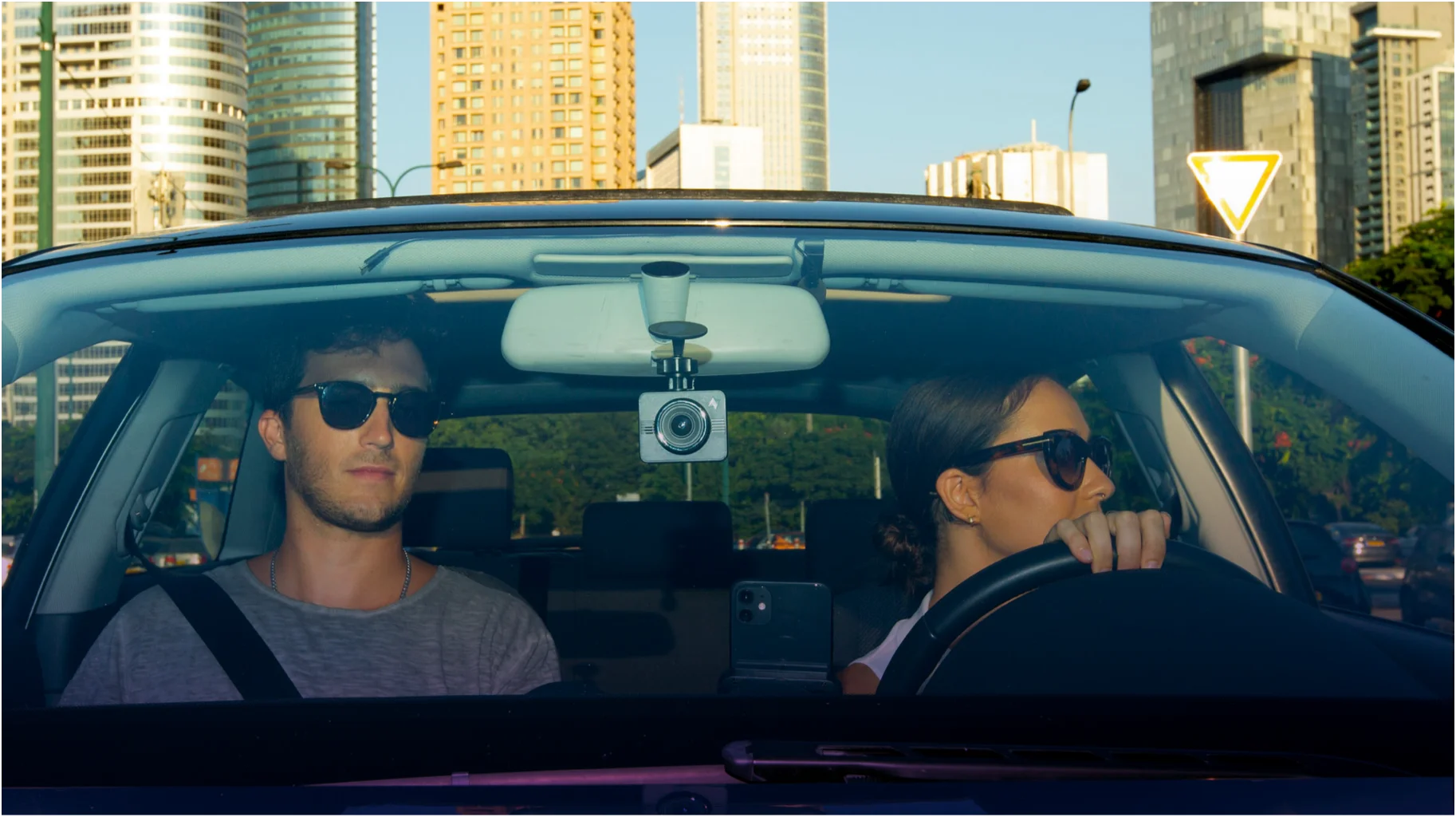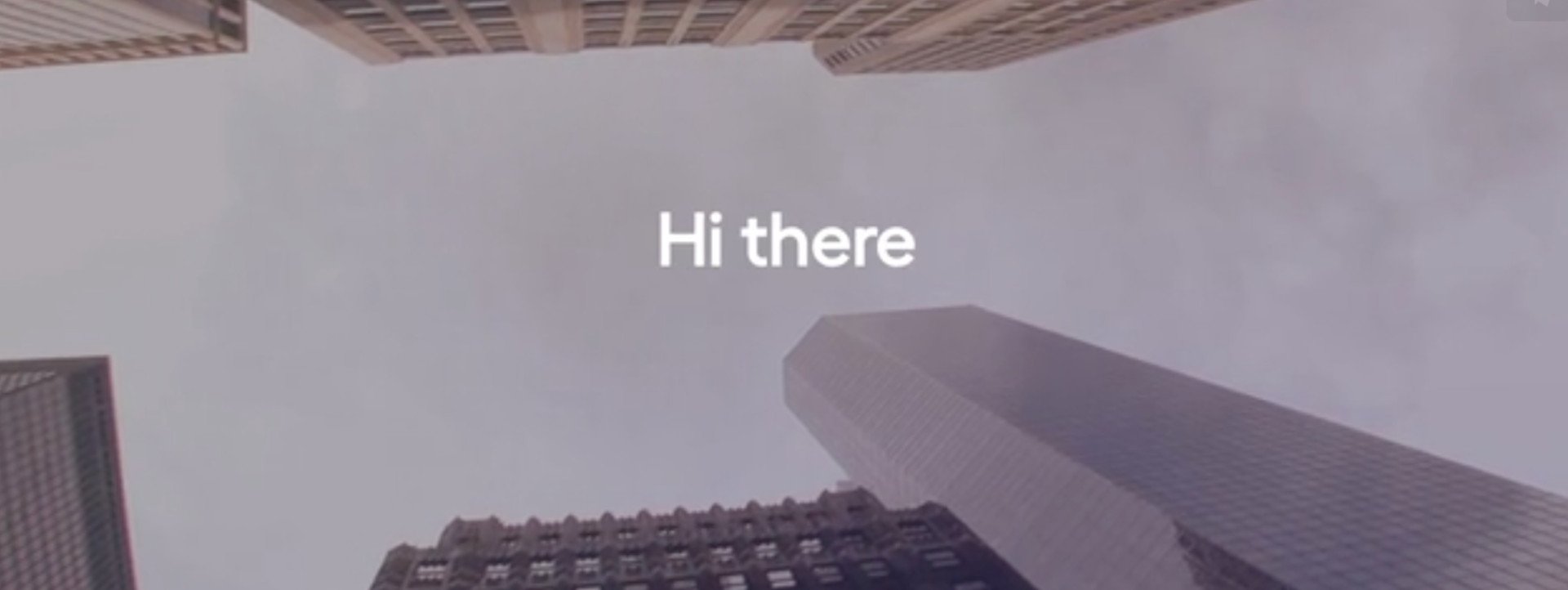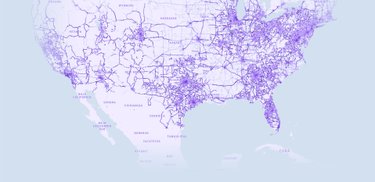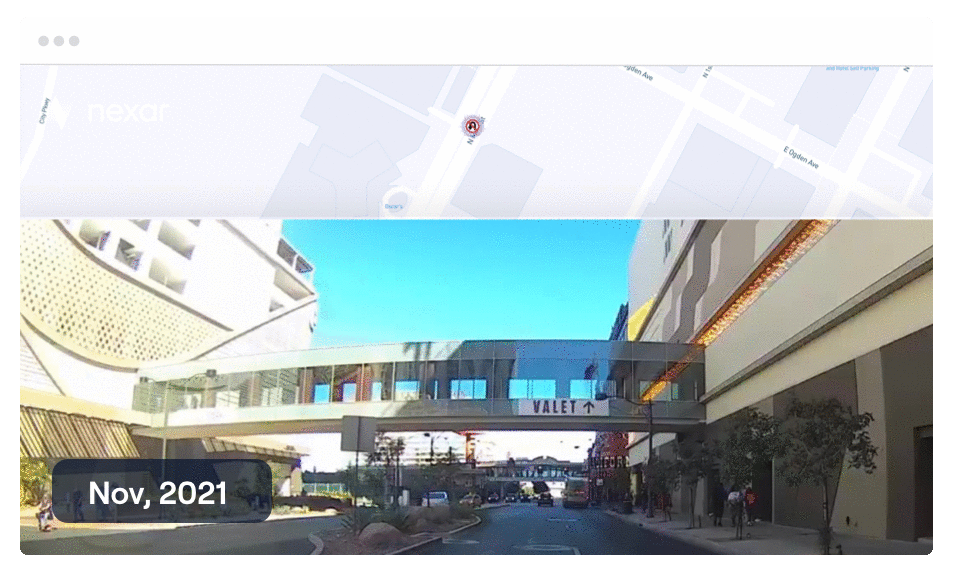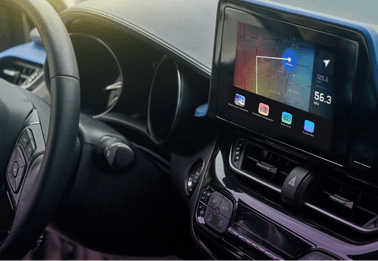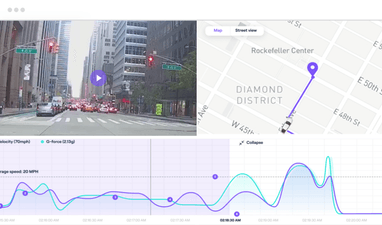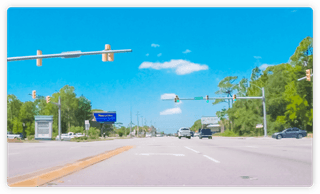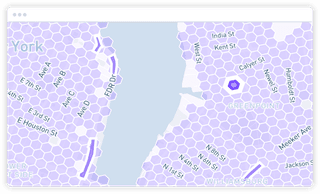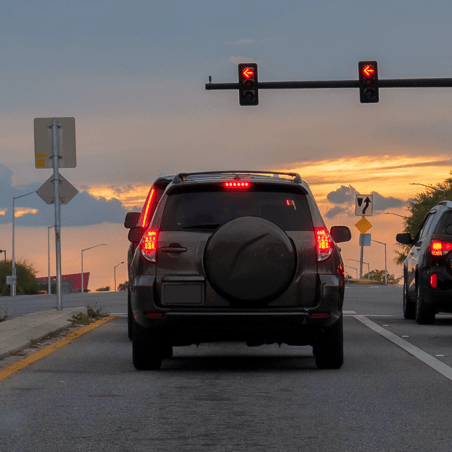A new set of eyes on the road
Car cameras are about to become ubiquitous. When they become connected and share vision data, they can go beyond any single purpose sensor and create a shared vision and map of the road, detecting change and seeing transient elements. When vision from a “swarm of cameras” is collected, applications can access a common visual memory of the road
Nexar Automotive gets this camera data out of the car and delivers new driver applications, based on the most recent understanding of the road.


